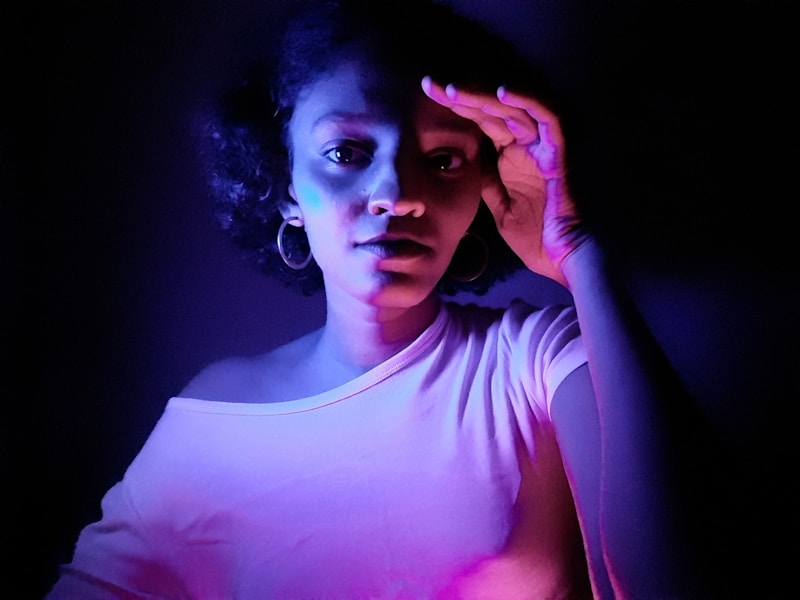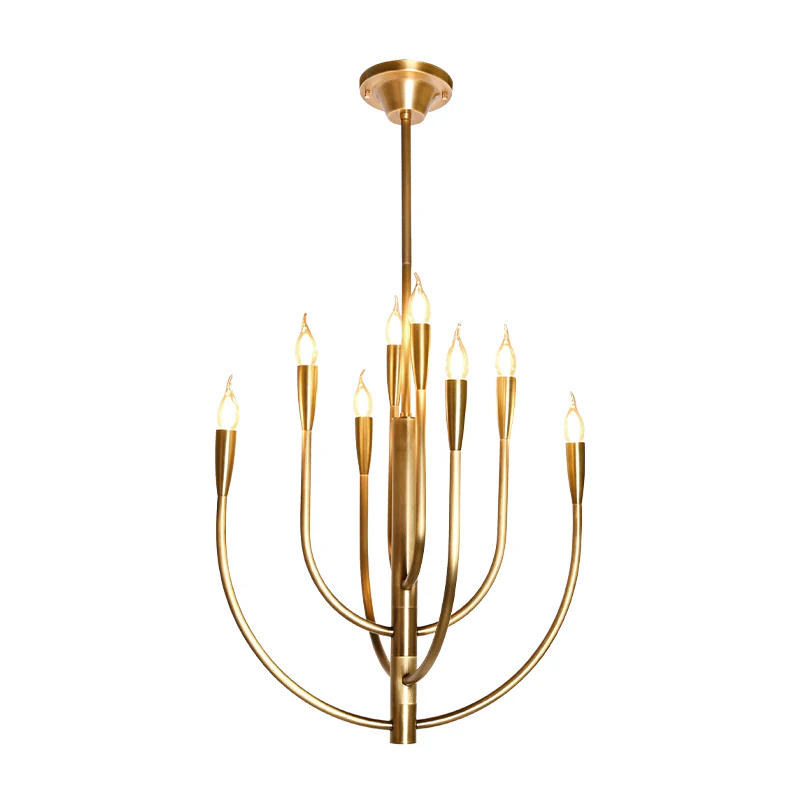Mood-Setting Light Environments: Creating the Perfect Ambiance
Mood-Setting Light Environments: Creating the Perfect Ambiance
In today's fast-paced world, the significance of mood-setting light environments cannot be understated. These carefully curated spaces foster comfort, inspire creativity, and enhance overall well-being. Whether you’re designing a cozy home, a vibrant office, or a tranquil spa, understanding how to manipulate lighting can drastically alter the atmosphere. In this article, we will explore the various facets of mood-setting light environments, how to implement them, and the psychological effects they have on individuals.
Understanding Mood-Setting Light Environments
Mood-setting light environments refer to the intentional arrangement of lighting in a space to evoke specific feelings and emotions. Different types of lighting can influence our mood, productivity, and even our social interactions. Here are some key components to consider:
| Component | Description |
| Brightness | The level of illumination can create feelings of comfort or alertness. |
| Color Temperature | Warm lights (2700K - 3000K) generate cozy atmospheres, while cool lights (5000K - 6500K) promote focus and energy. |
| Light Fixtures | Choosing the right fixtures—such as chandeliers, Floor lamps, or LED strips—can influence the room's overall vibe. |
| Layering | Combining ambient, task, and accent lighting creates depth and interest. |
The Psychological Impact of Lighting
Psychology plays a crucial role in how lighting affects mood. Studies have shown that different lighting environments can influence our behaviors, emotions, and even our cognitive processes. For instance, warm lighting can relax individuals, making it ideal for spaces intended for rest, such as bedrooms and lounges. Conversely, bright, cool lighting is suited for environments that require concentration, like offices or study areas.

Creating Mood-Setting Environments in Different Spaces
1. Home Environments
In residential settings, creating mood-setting light environments is essential for comfort and relaxation. Here are some tips:
- Use dimmable light fixtures in living areas to adjust brightness according to the time of day.
- In bedrooms, opt for warm-colored bulbs to promote restful sleep.
- For dining areas, consider a chandelier with adjustable lighting to enhance meal experiences.
2. Office Environments
In an office, lighting can significantly affect productivity and morale. To set the mood in workspaces:
- Incorporate natural light through windows; it has been shown to improve employee well-being and productivity.
- Use a mix of ambient and task lighting; bright lights can help increase alertness, while softer, warmer lights can help with breaks.
- Consider the use of colored lights in break rooms to enhance relaxation.
3. Hospitality Spaces
In hotels and restaurants, mood-setting light environments are paramount in delivering exceptional guest experiences:
- Implement lighting that can be adjusted according to the time of day and customer preferences.
- Use accent lighting to highlight artwork or architectural features, creating visually appealing spaces.
- In outdoor settings like patios, string lights can create an inviting atmosphere for dining.
Innovative Lighting Technologies
With advancements in technology, creating mood-setting light environments has become even more accessible. Smart lighting systems, which can be controlled via smartphones or voice commands, allow users to adjust their environments effortlessly. Some notable innovations include:
- Color-Changing LED Lights: These versatile lights can shift between various colors to suit any mood, from vibrant reds for energy to calming blues for relaxation.
- Automated Lighting: Smart systems can adjust the intensity and color temperature based on the time of day, easing transitions from day to night.
- Daylight-Mimicking Bulbs: These bulbs mimic natural light, which can be beneficial in environments lacking sufficient daylight.
Considerations and Challenges
While creating mood-setting light environments can yield positive outcomes, there are several considerations:
- Overly harsh lighting can lead to discomfort and decreased productivity.
- It is essential to balance aesthetic appeal with functionality, ensuring that spaces are not only beautiful but also practical.
- Consideration for energy consumption is crucial; using energy-efficient solutions such as LEDs can mitigate costs.
Conclusion: Crafting the Perfect Mood-Setting Light Environment
In conclusion, mood-setting light environments have a profound impact on our daily lives. By understanding how different lighting elements affect our emotions and behaviors, we can create spaces that foster comfort, enhance productivity, and promote well-being. As you embark on your journey to design your ideal environment, remember to consider the balance of light intensity, color temperature, and fixture design, while exploring innovative technologies that can support your vision.
Ultimately, the goal should be to create spaces that not only look aesthetically pleasing but also feel welcoming and supportive of the intended activities. Make sure to experiment with your lighting choices and adjustments to find the perfect ambiance for any occasion!
